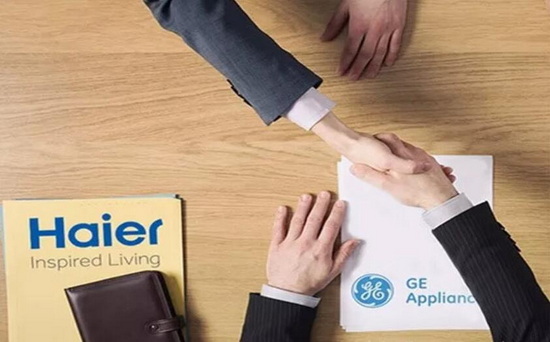
Dirty Laundry
In 2016, after years of declining profits and shrinking market share GE Appliances threw in the towel and sold to the Chinese. Today, Haier USA is profitable but not necessarily for the reasons you might think. The easiest conclusion to jump to is that Haier turned the business around by moving manufacturing to China and lowering unit cost with cheap labor. The fact is they continue to manufacture appliances in the legacy GE facility. So how did Haier do what GE couldn’t?
Haier accomplished their turnaround by employing a system called Rendanheyi, which roughly translates into connecting with customers to build products that enhance their lives. Here’s how it works. Each micro-enterprise within the Haier ecosystem has the power to design products, control distribution, hire and fire people and, in effect, run their own local business. Rather than competing with one design worldwide, Haier competes with a series of product platforms created so they can be modified for each specific market they serve. There are three components to Rendanheyi:
1. Each enterprise is self-governing with employee elected leaders
2. Self-directed teams communicate directly with their customers
3. Products are designed to solve customer problems and increase customer satisfaction.
The Haier strategy is built around serving the customer and building products that improve their lives. The failure at GE Appliances had nothing to do with product quality and it had everything to do with losing touch with the customer. GE Appliances became obsessed with a process called Six Sigma which is a statistical methodology that streamlines operations and improves efficiency. As cool as this may be Six Sigma is not a strategy! Somewhere in the number crunching, statistical analysis that is the backbone of Six Sigma, the self styled "Black Belt experts" failed to realize that there were real customers who wanted appliances that would improve their lives. For ten years, GE continued to make appliances that customers didn’t want. GE was obsessed with making appliances efficiently and there is nothing wrong with that except it’s imperative to make sure that first you’re producing appliances customers want. To do that you need a strategy that is customer focused. What can we learn from GE’s failure and Haier’s turnaround of the NA Appliance division?
1. A great tactic does not make a great strategy: Six Sigma is a statistical manufacturing process that ensures quality products. However, it should come with a warning; “SIX SIGMA IS A TACTIC TO BE USED ONLY IN CONJUNCTION WITH A STRATEGY! NOT TO BE USED ALONE"
2. Strategy is situation specific: Each Haier team develops products for their individual market, controlling everything from design to distribution
3. Strategy always starts with the customer: Haier teams have direct communication lines with their customers to meet their goal of improving customers' lives
4. Strong top leadership means developing strategic thinkers at all organization levels: Every micro -organization at Haier is its own mini business with direct communication with customers and is expected to develop its own market driven strategy
In a ten-year period before GE sold off the appliance division, revenues fell by 11 percent while profits rose modestly - 4% or 5% based on efficiency gains. In 2017, after Haier took over and implemented the customer focused Rendanheyi system, revenues increased 6 percent and profits jumped more than 20%. Teach your teams how to develop market driven strategies and like Haier reap the rewards.

 沪公网安备 31011502013770号
沪公网安备 31011502013770号